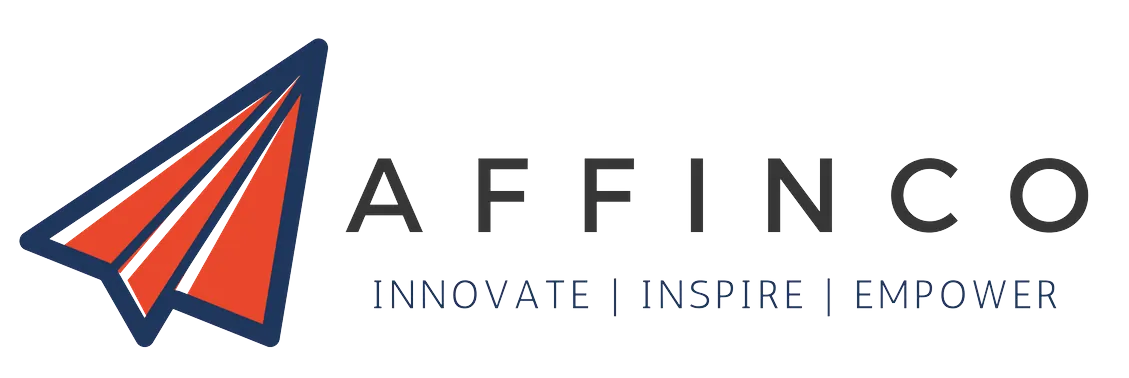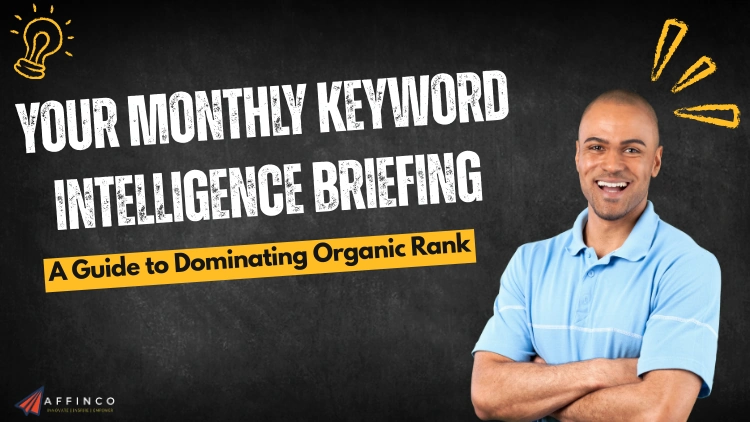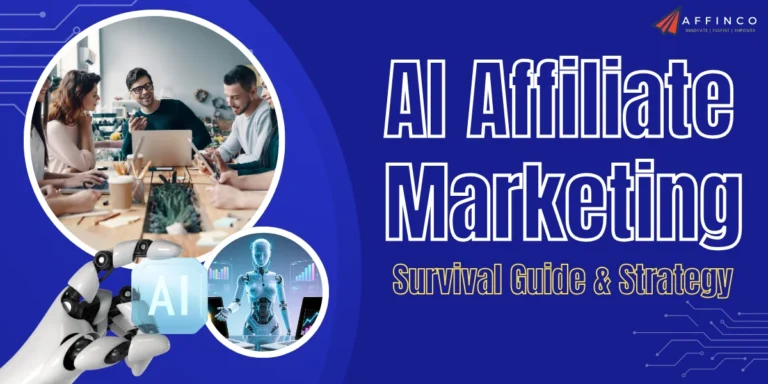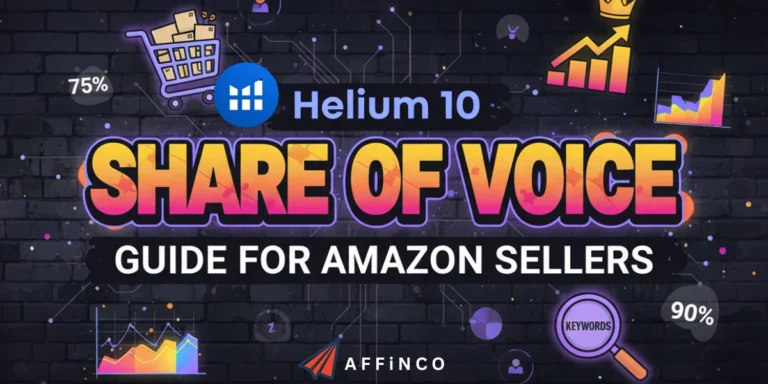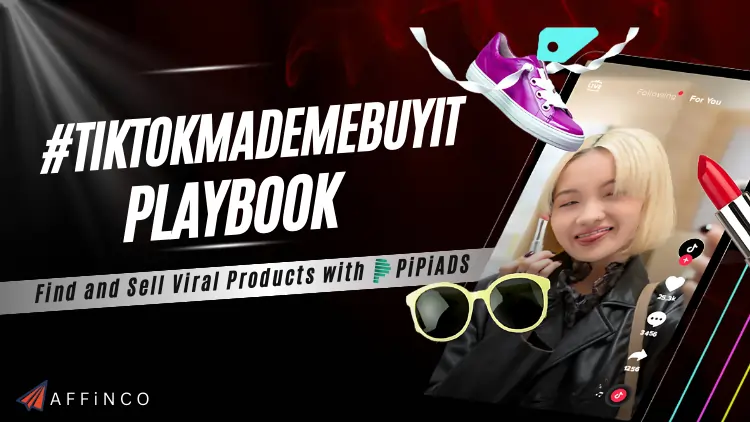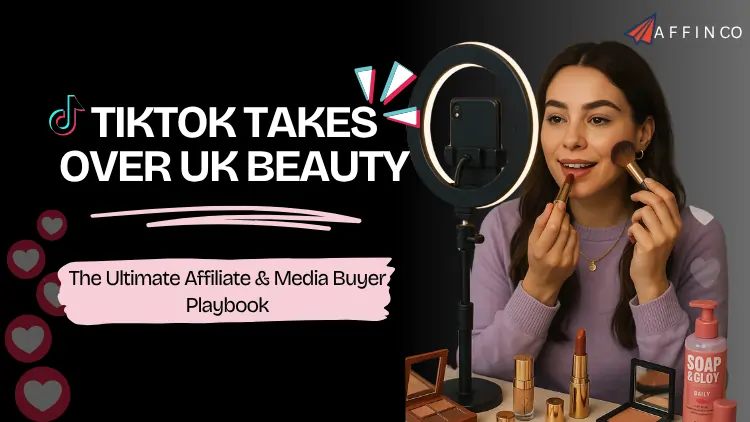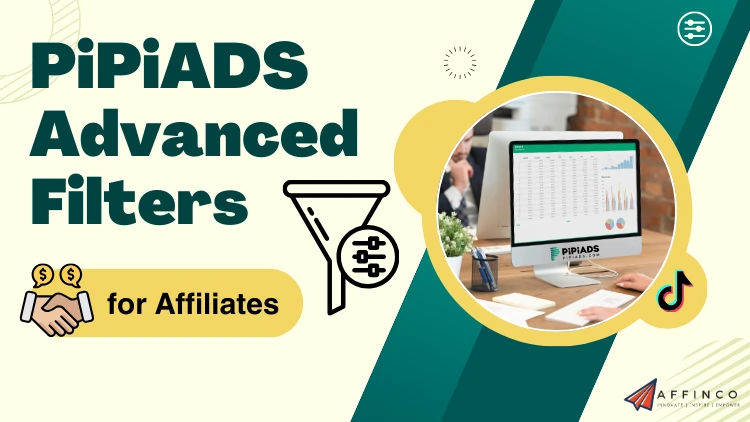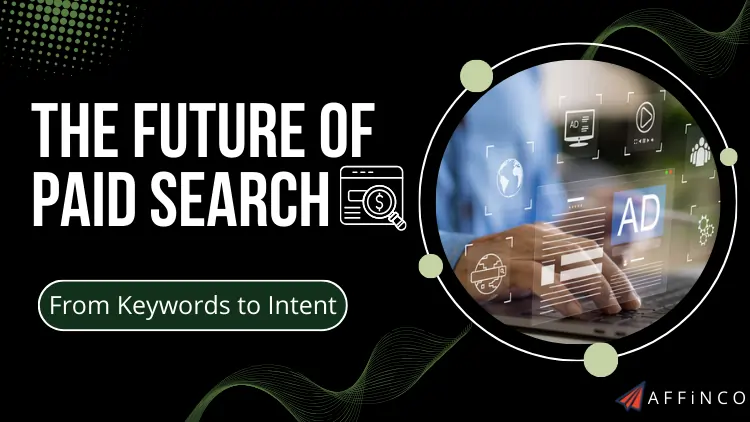
PPC marketers used to live and breathe keywords. You'd stuff exact match terms into Google Ads, adjust bids, and call it a day.
But here's the reality: that playbook is dying fast. Search behavior has changed completely. People now ask full questions instead of typing robot-like phrases. AI advertising algorithms care more about user intent than your perfectly researched keyword lists.
Intent-based advertising is taking over paid search, and if you're still running old-school PPC campaigns, you're burning money. Google Ads now prioritizes meaning over matching, making programmatic advertising the new standard.
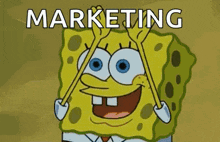
And by the way – if you’re serious about upping your paid search game, don’t miss the exclusive SEMrush deal we’ve got for you. You’ll get 17% OFF on annual SEMrush plans + a special 14-day free trial only with our link.
💸 Why Keywords Alone Won’t Cut It in PPC Anymore
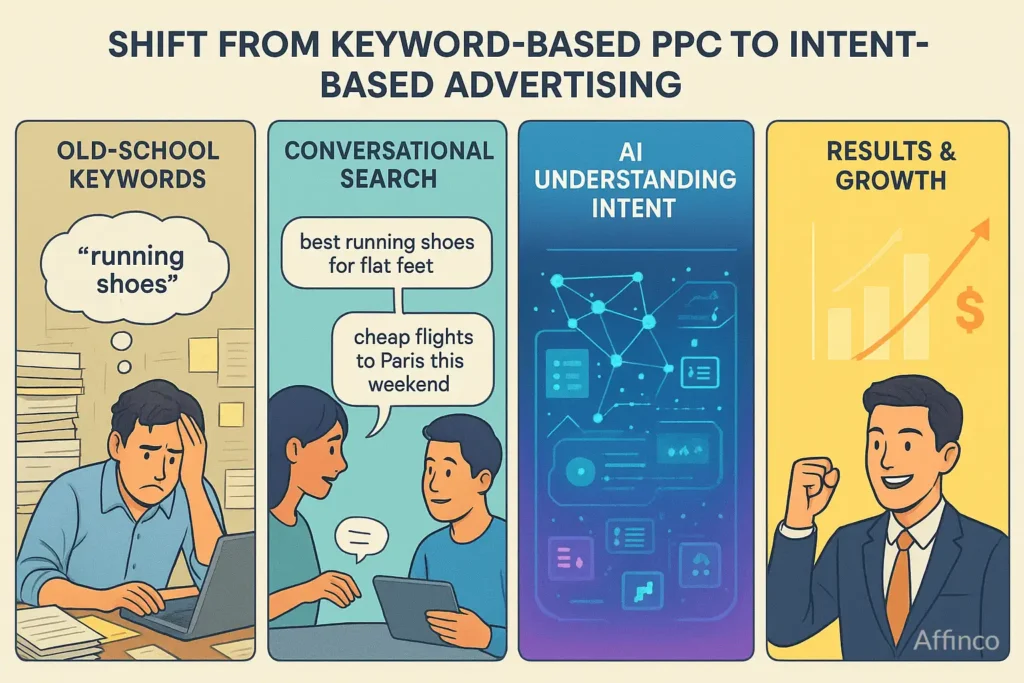
For years, PPC marketers swore by keywords. You’d go into Google Ads, research terms, adjust bids, and copy what worked for competitors. It was data-driven, but still pretty straightforward.
But here’s the issue: users no longer search in simple “keyword” fashion. Search queries have become more conversational, and platforms like Google and Microsoft Ads have become smarter at understanding user intent.
Here are some key reasons why keywords are losing dominance in the future of PPC:
In short: to stay competitive, you’ve got to start thinking in terms of intent-first PPC campaigns.
💡 What is Intent-Based Advertising?
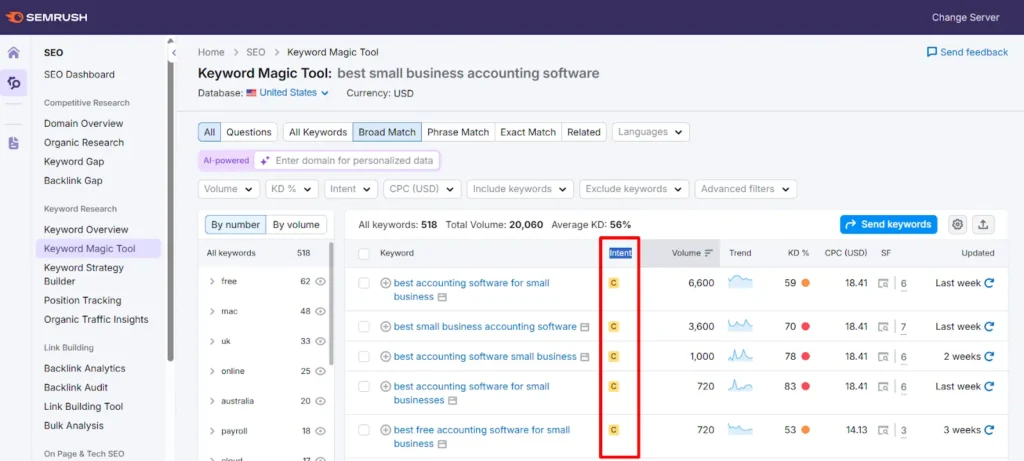
Intent-based advertising is simply about showing ads not just based on keywords, but on what the searcher actually wants to achieve. Instead of bidding only on phrases, intent-driven campaigns use:
For example: A user searching “best small business accounting software” isn’t just typing words. Their intent is likely commercial—they’re comparing solutions before buying. That’s much stronger than someone searching “what is accounting software” (informational).
By shifting to intent-based targeting, you’ll waste less ad spend and aim your ads at people who are more likely to click and convert.
🤖📈 AI in Paid Search: Smarter Than Just A/B Testing
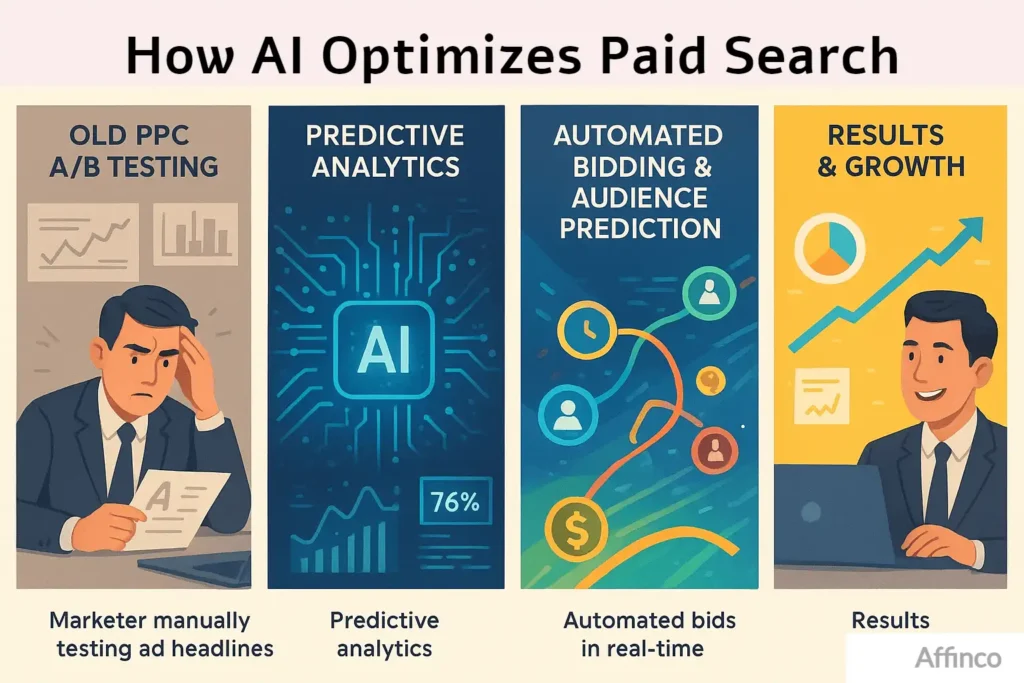
AI isn’t just an extra tool – it’s now the core driver of optimisation in modern PPC.
In the old PPC world, marketers ran A/B tests on headlines, descriptions, or landing pages until they found the winner. Now, AI is doing something much bigger:
This is what makes AI in paid search so vital for the future of PPC. Google and Microsoft are integrating AI-driven campaign types (like Performance Max campaigns) where intent and behaviour signals have more weight than exact keyword matches.
🎯 How Intent Changes Your PPC Strategy
So, how do you adapt your PPC strategy for an intent-driven future? Let’s break it down step by step:
1. Focus More on Audience Signals than Keywords
Think beyond “short-tail vs long-tail.” Instead:
2. Embrace Programmatic Advertising Evolution
Programmatic platforms now buy ads in real time by predicting intent. This means SSPs (supply side platforms) and DSPs (demand side platforms) are optimising media buying at microseconds. You should test programmatic campaigns beyond Google – especially for discovery-driven ads.
3. Categorise by User Intent
Break down search campaigns into three layers:
4. Invest in AI Tools for PPC Analysis
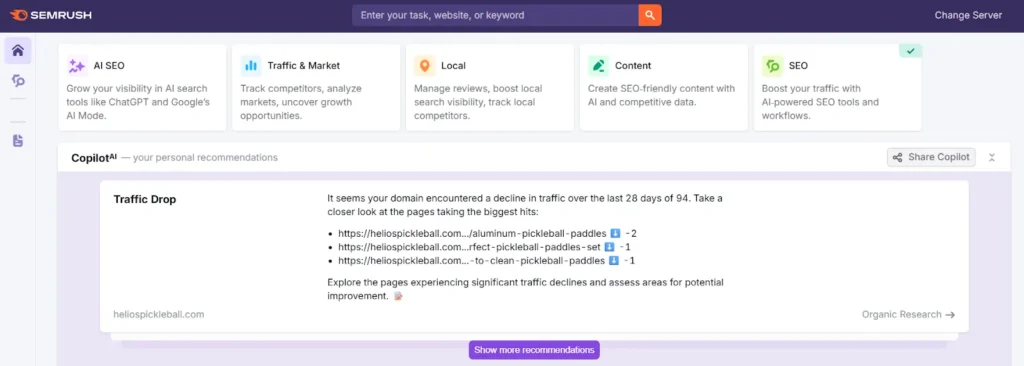
Platforms like SEMrush give in-depth competitor data, keyword intent reports, and PPC position tracking. Those elements are now essential since you need to map keywords to intent levels.
👉 Get SEMrush PPC Toolkit with 17% OFF + 14-Day Free Trial Here

🚀 Key Trends Driving the Future of PPC
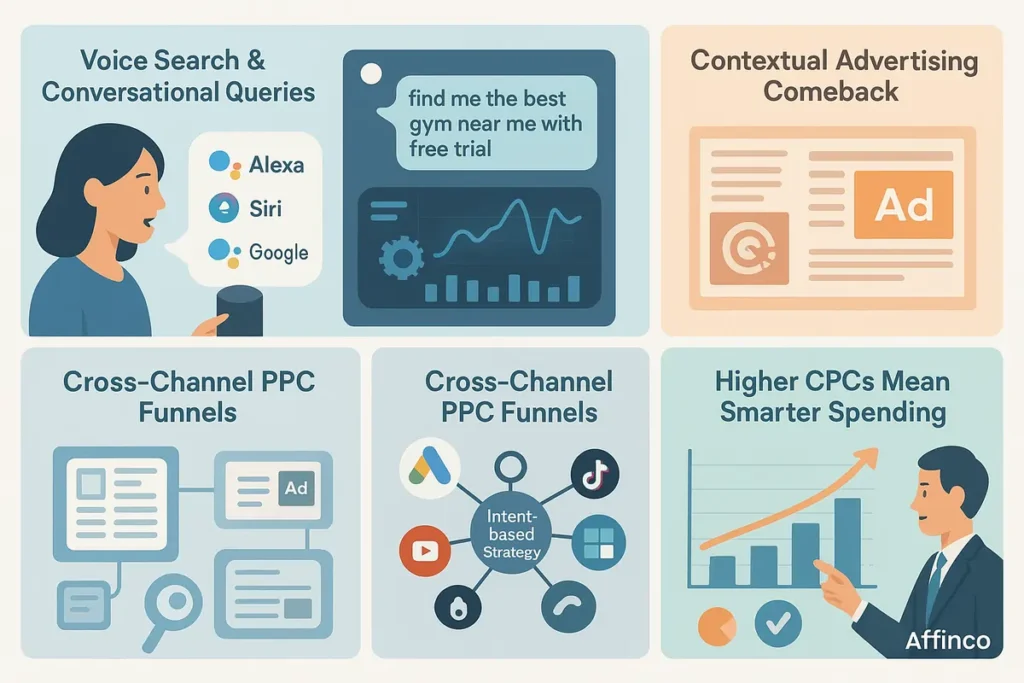
As we approach 2026, here are the strongest shifts you should have on your radar:
Voice Search & Conversational Queries
Thanks to Alexa, Siri, and Google Assistant, users are searching more like they talk. PPC ads must adapt to intent-based long phrases like “find me the best gym near me with free trial.”
AI-First Bidding and Ad Management
Smart Bidding is now at the heart of Google Ads. Manual CPC is slowly becoming irrelevant for larger accounts.
Contextual Advertising Comeback
With cookies being phased out, context and intent signals like search meaning and content categories will guide placement.
Cross-Channel PPC Funnels
Paid search doesn’t live on Google alone. YouTube, TikTok Ads, Microsoft Ads, and programmatic networks are now tied together under intent-based campaign strategies.
Higher CPCs Mean Smarter Spending
With CPC inflation (+45% in Google search CPCs since 2024), intent-targeted ads are crucial to avoid wasting spend on irrelevant clicks.
Here are some real-world, hands-on strategies to start shifting now:
🔮 Final Thoughts: The Future of PPC Ads is Intent-Driven
The next era of PPC isn’t about chasing keywords – it’s about understanding intent at scale and letting AI and automation handle optimisation in real time.
Marketers who still cling to the old “keyword first” mentality will struggle as CPCs rise and competition grows sharper. But those who adapt to intent-based advertising, using tools like SEMrush and programmatic platforms, will get higher ROI while spending smarter.

The future of PPC is here – beyond keywords, into the world of intent-first advertising.

Ali
Ali is a digital marketing expert with 7+ years of experience in SEO-optimized blogging. Skilled in reviewing SaaS tools, social media marketing, and email campaigns, we craft content that ranks well and engages audiences. Known for providing genuine information, Ali is a reliable source for businesses seeking to boost their online presence effectively.
